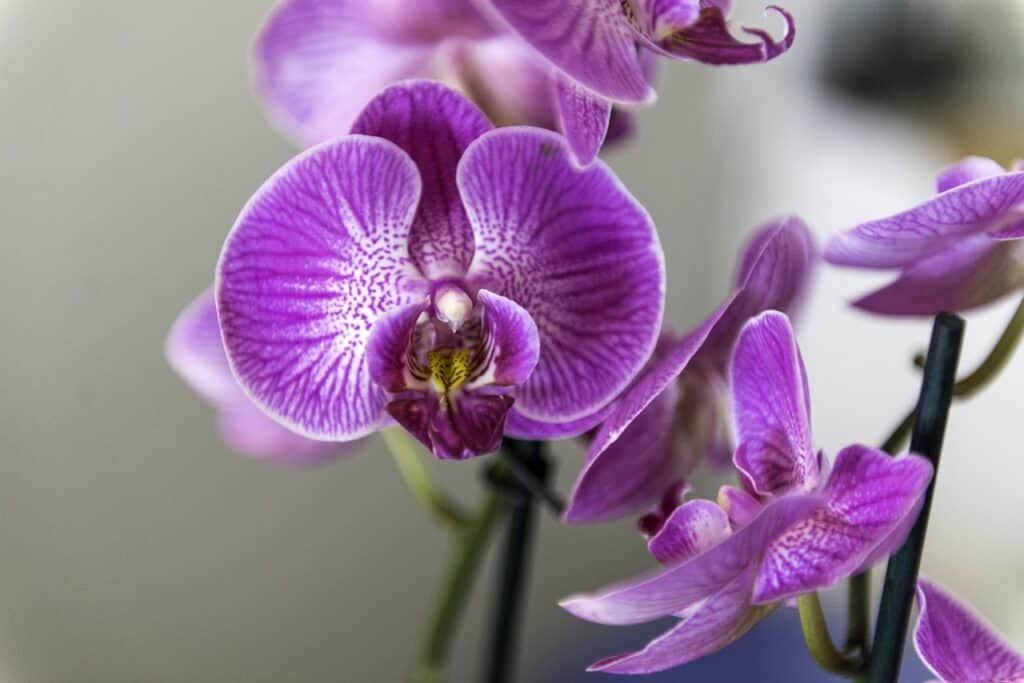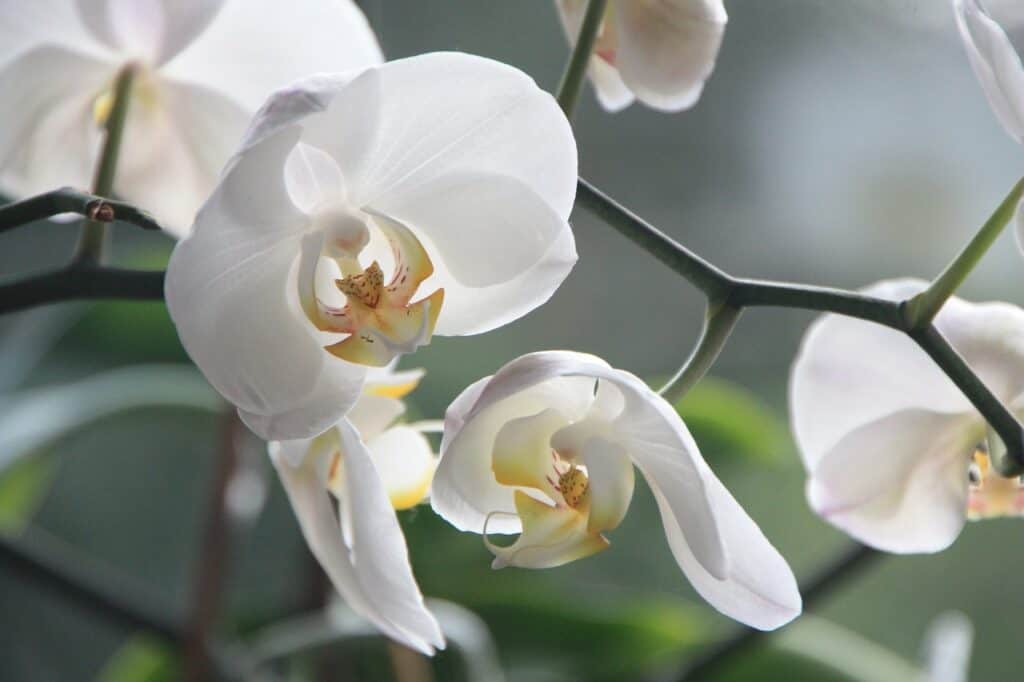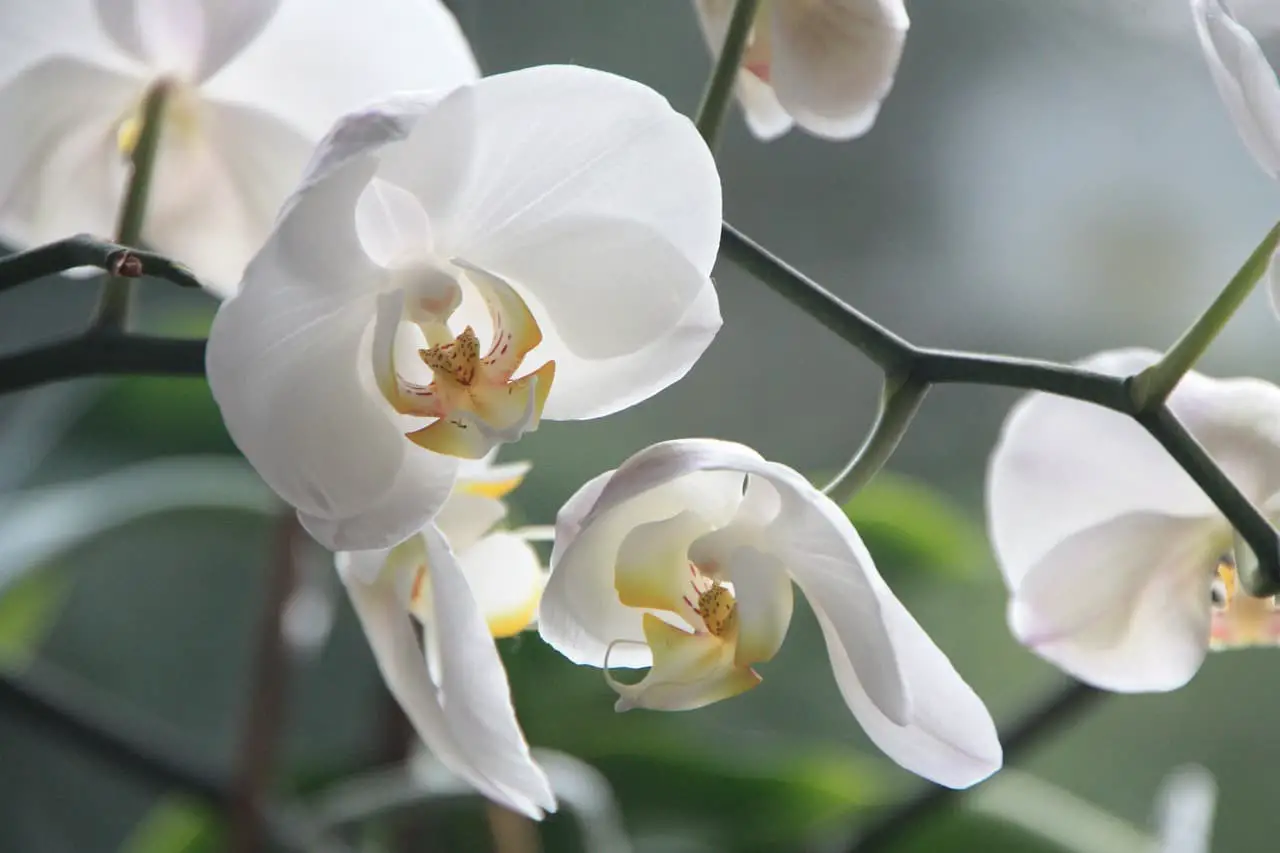Orchids are considered one of the most beautiful and exotic flowers in the world. With their vibrant colors and unique shapes, they make a gorgeous addition to any home or garden. However, orchids bloom for a limited amount of time, typically around four to six weeks. As a result, most orchid growers hope to extend their lifespan for as long as possible. Luckily, there are several tips and tricks that you can implement to keep your orchid blooms healthy and vibrant for an extended period of time.

Understanding Your Orchid Blooms: Importance and Lifespan
Orchids’ blooms are not just a visual treat but also play an important role in maintaining plant health. The blooming process is a sign of good health and growth as it requires a good balance of proper temperature, light, and water. Orchid blooms also aid in plant propagation as the blooms eventually lead to the formation of seeds which then create new plants.
Factors that affect orchid bloom lifespan
Several internal and external factors can affect the lifespan of orchid blooms. Internal factors include the species of orchid, the age of the plant, and the normal blooming cycle. External factors include temperature, light, humidity levels, and watering patterns. Over or under-exposure to any of these factors can affect the overall health and lifespan of the blooms.
How to Extend Orchid Bloom Lifespan: Essential Care Tips
Watering is an essential part of growing and caring for orchids. Over-watering or under-watering can both harm orchid blooms. A general rule of thumb is to water orchids only when the soil feels dry to the touch. Watering should be done at a gradual pace, allowing the water to absorb into the soil without overwhelming the plant. Over-watering can cause root rot, which can affect orchid blooms and can be difficult to reverse.
Ideal temperature and lighting conditions for orchid blooms
The ideal temperature and lighting conditions for orchid blooms vary by species, but most require specific conditions to thrive. Most orchids prefer a temperature range of 65-85 degrees Fahrenheit during the day and 60-70 degrees Fahrenheit at night. Orchids also require bright but indirect light to maintain their blooms, while too much direct sunlight can cause the blooms to wither and die.
Fertilizer and nutrient requirements for sustaining blooms
Fertilizers and nutrients are essential elements that help orchids maintain healthy blooms. Orchid bloom growth depends on several natural elements such as nitrogen, phosphorus, and potassium, among others. The ideal fertilizer with a balanced mix of these nutrients should be used during the growing season to maximize growth and ensure strong, healthy blooms. A formula containing a high nitrogen concentration is best to promote healthy leaf growth, while high phosphorus is best for optimal flower blooms.
Common Mistakes to Avoid: Tips for Maintaining Beautiful Orchid Blooms
Over-fertilization is a common mistake that amateur orchid growers make. This can lead to root damage and ultimately result in bloom damage or loss. Under-fertilization is equally bad, as it can result in lower levels of essential nutrients, which prevent sufficient growth and bloom production. Orchids require a delicate balance of nutrients, too much or too little can be detrimental to their health and lifespan.
Pests and diseases that damage orchid blooms
Pests and diseases can severely damage orchids and ruin blooms. Common types of pests that can affect orchids are thrips, spider mites, and aphids. Common diseases include fungal infections, which can cause leaf discoloration and black or brown spots on stems and blooms. The pests and diseases can be treated using several different methods, including natural remedies, chemical treatments, and maintaining good plant hygiene.

Conclusion
In conclusion, orchids are beautiful and exotic flower that requires specific care to maintain their health and extend their lifespan. With proper watering techniques, ideal temperature and lighting conditions, fertilizer, and nutrient requirements, avoiding common mistakes, and following appropriate treatment methods, orchid blooms can be sustained for a long time. By understanding the importance of orchid blooms for plant health and implementing the care tips and tricks outlined above, you will be able to maintain beautiful, healthy orchid blooms for an extended period.

